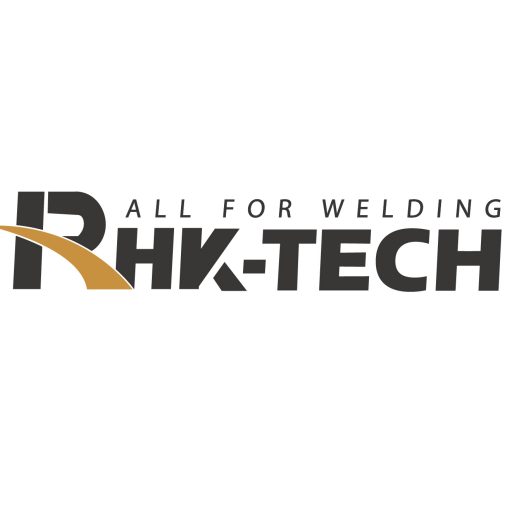Welding robots have been around for quite some time and are used in a variety of industries. However, the recent advancements in new energy technologies have seen an increased application of welding robots in these industries.
New energy industries such as solar, wind, and electric vehicle manufacturing require high-precision welding to create strong and reliable connections between components. Welding robots have proven to be a valuable asset in achieving this level of precision and consistency, resulting in superior product quality.
When it comes to solar and wind energy, welding robots have helped to reduce production costs and increase efficiency. The large steel components used in wind turbines require precise welding to ensure they can withstand harsh weather conditions. Similarly, solar panel frames and support structures require precise welding to ensure stability and durability. Welding robots can quickly and accurately perform these tasks, allowing for the production of high-quality components at a lower cost.
Electric vehicle manufacturing has also seen an increased application of welding robots. The specialized requirements of electric vehicle components, such as battery packs and electric motors, demand the utmost accuracy and consistency in welding. Welding robots are capable of performing these tasks with high precision, meeting the strict standards set by the automotive industry.
Apart from the advantages of precision and cost-effectiveness, welding robots also bring about increased safety in the workplace. Traditionally, welding processes were manned, with operators facing risks such as exposure to hazardous fumes and burns. With welding robots, operators can control the process remotely, thereby minimizing risks and increasing safety in the workplace.
In conclusion, the application of welding robots in new energy industries has been a game-changer. From reducing production costs and increasing efficiency to improving product quality and enhancing workplace safety, welding robots have proven to be a valuable asset. As the demand for new energy technologies continues to grow, it is likely that we will see an even greater application of welding robots in these industries.




















发表评论